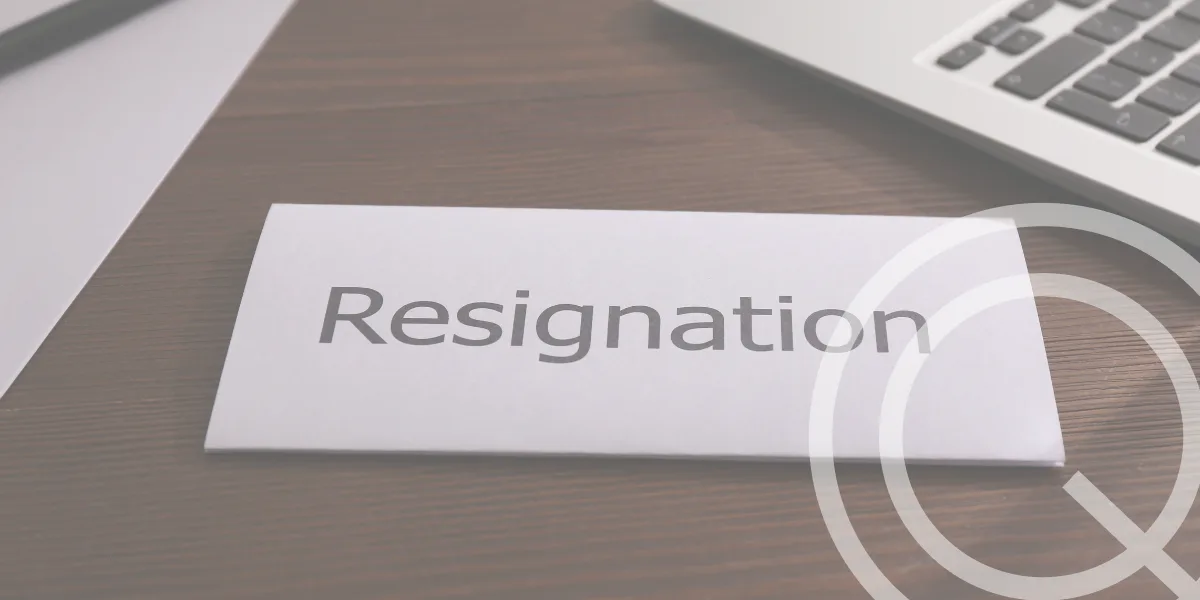KEY TAKEAWAYS:
- All workplace complaints need to be addressed but not all workplace complaints need a formal investigation – other responses include facilitated discussions, workplace or culture reviews, training, and reorganising teams and/or roles.
- Appropriately triaging workplace complaints saves resources, ensures appropriate responses, and benefits both employees and employers.
- Document triage decisions clearly – this protects organisations legally and demonstrates fair process.
Not every workplace complaint requires a formal investigation. Having a documented triaging process that evaluates complaints to determine the appropriate response path can save time and deliver better outcomes for all parties involved – employees, employers, HR teams and investigators.
Q Workplace Solutions Workplace Investigator Kristine Thomas, who spent 20 years in senior legal and HR roles before becoming a specialist workplace investigator, offers some practical guidance on triaging workplace complaints.
Kristine’s case for triaging
In a past life, I spent plenty of time working in-house on investigations of employee misconduct. I understand the time it takes to manage a single complaint and the challenges involved in managing the needs of the various stakeholders involved.
What I learned is that, when triaging is done well, using trauma-informed and culturally responsive practices, it benefits both employers and employees by:
- putting employee safety and wellbeing first
- allowing minor issues to be resolved through other processes such as facilitated discussions
- allocating time and budget appropriately based on complaint severity
- ensuring compliance with legal obligations, workplace laws and organisational policies.
Isn’t it necessary to investigate every complaint?
An investigation is not necessary in respect of every complaint an employer receives.
Some complaints will require investigation. For example, complaints that disclose allegations of serious bullying or sexual harassment, significant power differentials between the parties, or allegations of behaviour that, if substantiated, would warrant serious disciplinary action.
But other complaints, such as those founded in personality disputes and misunderstandings, minor workplace incivilities, poor performance, and workplace mistakes rather than deliberate wrongdoing, may not require investigation.
Sometimes employers already have enough information to proceed to disciplinary action (whatever that might look like) without the need for an investigation. For example, if you already have a report of missing office equipment, and CCTV of a staff member taking the equipment, you may not need to investigate. This could be put directly to the employee for their response as to why they took the equipment and why disciplinary action is not warranted.
How can I tell what’s serious and what’s not?
Sometimes, the seriousness or otherwise of a complaint is clear.
For example, a complaint that alleges Employee 1 was drunk at the Christmas party and said something to Employee 2 like ‘I really like you. I want to take you home’. This complaint clearly sets out the conduct alleged.
However, complaints often lack sufficient detail and are also often filled with generalised allegations such as ‘I’m being bullied and harassed’ or ‘he NEVER does this, and she ALWAYS does that’.
If the details of a complaint aren’t clear, the next step is to discuss the complaint with its maker to see what other information can be obtained.
Considering the complainant’s wishes
According to trauma-informed best practice you should aim to only speak to the parties involved in a complaint about their recollections once, to minimise further harm from reliving the experience.
However, this doesn’t mean, though, that you ONLY speak to a complainant to obtain the details of their complaint. It is important to speak with the complainant to understand and consider their wishes.
If a complainant is willing to discuss the matter with the respondent, a facilitated discussion can be a good option, especially where the parties may need to continue working together (again, unless the matter is so serious that it must be investigated).
However, often by the time one party has raised a complaint, both sides are far too entrenched to be open to a mutual resolution. In these cases, sometimes it is best to proceed with an investigation to make findings. Those findings may then be the impetus for further action (like facilitated discussions, or individual or team training).
Gathering information to triage
It is often better to wait to speak to a complainant about the details of their concerns until after you’ve done a desktop review of the complaint.
That review enables you to obtain any details the employer might already hold about the matter, and to check relevant policies and procedures (including any relevant complaint management processes) before speaking with the complainant.
Once you have all the information you can gather, the next step is to meet with the complainant and obtain the specifics. The who did what, where and when. Sometimes you might also need the why.
These details are important. Without specifics it is difficult to triage, and if required, to fairly put matters to a respondent for their response. This unfairness may also undermine any potential future investigation.
With this information you are now well placed to triage – to decide whether the matter warrants further investigation (formal conversations with witnesses, allegations put to a respondent with an opportunity to respond and findings) or whether the matter might warrant a different resolution. At this point you might again be considering other options like facilitated discussions, workplace or culture reviews, training, and reorganising teams and/or roles.
Best practice triaging process
Triaging is an effective way to determine the most appropriate way to respond to a workplace complaint. An effective complaints triage process typically includes:
- Person-centred approach: Ensure the approach taken throughout triage, investigations and any other complaint resolution approaches, considers the needs of the individuals involved.
- Policy alignment: Ensure triage decisions align with organisational policies, enterprise bargaining agreements and relevant Australian workplace laws.
- Clear documentation: Record the rationale for triage decisions to demonstrate compliance with legal requirements and organisational policies.
- Independent initial assessment: Where practicable, have the initial triage conducted by someone separate from the potential investigator to maintain impartiality.
- Confidentiality: Maintain appropriate confidentiality during the triage process while gathering necessary information.
- Communication: Keep complainants (and any notified respondents) informed about the process being followed, expected timeframes and outcomes.
More information
Our expert team has documented best practice investigation approaches and processes, including how to effectively triage workplace complaints, in the industry-recognised expert guide, Workplace Investigations: Principles and Practice (2nd Edition).







